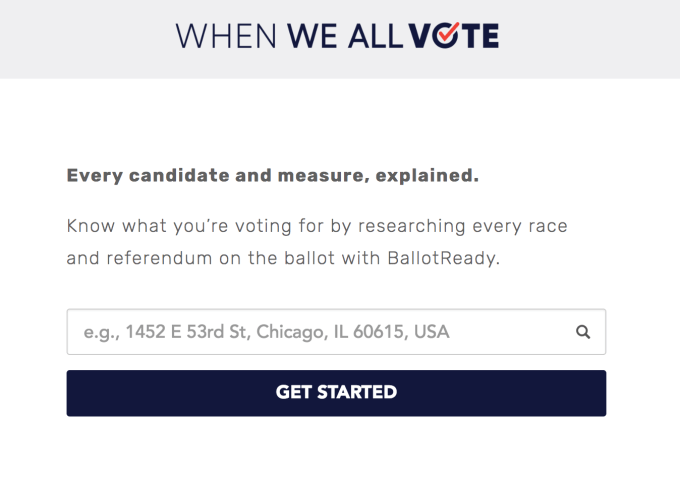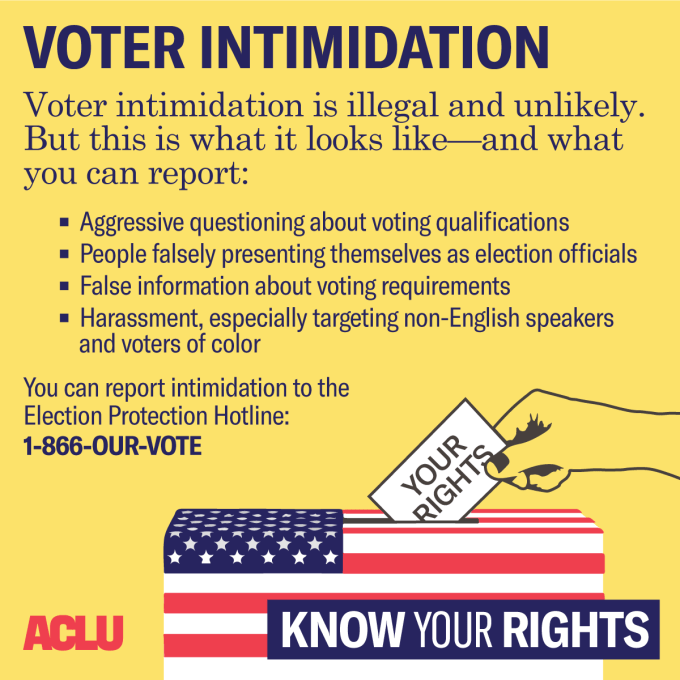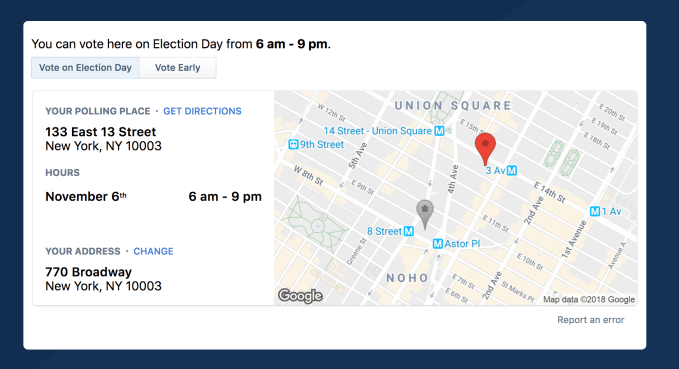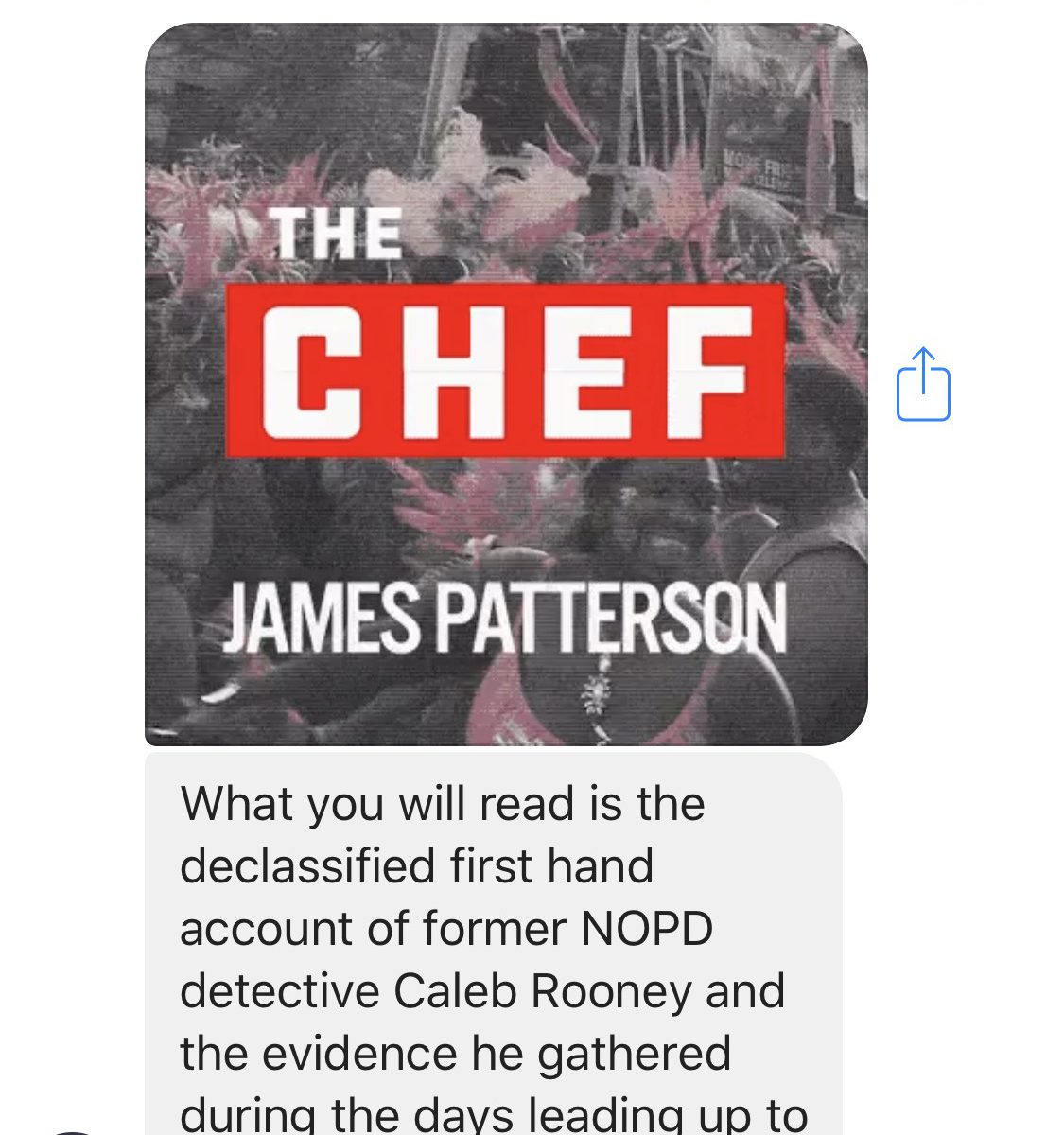In case you haven’t heard, polls will open Tuesday morning across the U.S. for the 2018 midterm elections. It’s a big deal, so go vote.
And this year, there are more free ways to get to the polls than ever before thanks to a variety of non-partisan “get the vote out” campaigns from ride-hailing, bike-sharing and scooter companies.
Here’s a handy list.
By bike
Motivate, one of the largest bike-share operators in North America, has launched an Election Day campaign to give people in nine urban areas access to free bikes for the day.
Motivate operates Citi Bike in New York & Jersey City; Divvy in Chicago; Bluebikes in the Boston metro area; Capital Bikeshare in Washington, D.C.; Nice Ride Minnesota in Minneapolis; Ford GoBike in the San Francisco Bay Area); BIKETOWN in Portland, Oregon; and CoGo in Columbus, Ohio.
Riders across almost every Motivate system can use the code BIKETOVOTE in their local bike-share app to access a free day pass. In Chicago, Divvy riders must use the code VOTE18 to access the free day pass.
Portland has a vote-by-mail system. But BIKETOWN riders can use the code BIKE2VOTE to access 30 minutes of free ride time on November 6.
Lime is also offering free access to its fleet of electric bikes on Election Day. Users just need to enter the code LIME2VOTE18 to unlock any of its shared bikes or electric bikes.
Los Angeles’ bike-share program, Metro Bike Share, will also offer free rides on November 6. Use the promo code 1162018 at any kiosk to get your free 30-minute ride. The promo code is good for one Single Ride. Rides are $1.75 per 30 minutes thereafter.
By car
Depending how far you are from the polls, these ride-hailing offers could be free. At least one way.
Uber is giving $10 off a single ride to the polls on Election Day on the most affordable Uber option available in your city (Express POOL, POOL or UberX, in that order). To access, open the app and then tap menu > payment > add promo code. Enter the promo code VOTE2018. Users should then request their ride using Uber’s polling place locator, right in the Uber app.
Uber’s promotional offer is not available for rides from polling locations and is not available at all in Michigan, Puerto Rico or other U.S. territories.
Lyft is working with Vote.org, Nonprofit Vote, TurboVote and other organizations to distribute codes to those who need them. The ride-hailing company is offering 50 percent off rides and free rides in underserved communities.
To claim your 50 percent off promo code, click on this link and then enter your ZIP code. You’ll see the promo code in your app on Election Day. Promo codes are valid for 50 percent off any standard ride to a polling location on Election Day, up to $5.
By public transit
A number of transit agencies in some of the country’s largest cities are offering free rides, including Houston, Dallas, Tampa and San Antonio. This year, the Los Angeles Metro system, which serves more than 1.3 million passengers daily, is joining in.
LA metro transit is offering free bus and train rides on Election Day. LADOT, Long Beach Transit, Baldwin Park Transit, Pasadena Transit and Santa Clarita Transit in the Los Angeles area are among those offering free rides. Paratransit customers will also receive free rides to and from their polling place.
By scooter
Lime is offering free access to its fleet of electric scooters on November 6. Users enter the same code, LIME2VOTE18, to unlock any of its scooters, or its shared and electric bikes. The free rides to and from your polling location last up to 30 minutes and are available in more than 100 cities across the U.S.
Skip Scooters, which operates in San Francisco, Portland and Washington, D.C., is offering $5 rides to the polls.


Source: Tech Crunch











